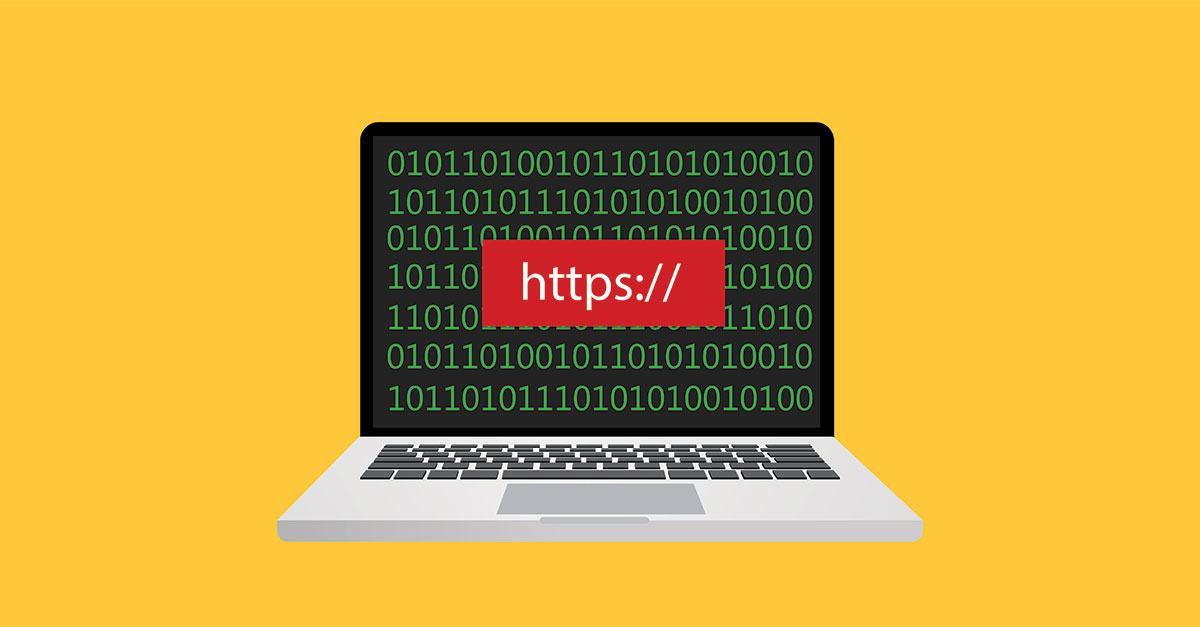1. Preparing to Migrate
- Changing internal links to relative links.
At the very beginning of preparation it is necessary to replace all the internal links (including URLs in the rel=canonical link tag) with relative links, regardless of protocol, for example, //site.com/about. This means that the link will lead to a page on the site with the same protocol. - Checking the availability of media content and changing URLs.
The second step of preparation is to make sure that all media content (images, video, etc.) can be accessed via https. If there are images on your site, then as you did above, change them to relative links. For example, //site.com/images/image1.jpg. - Checking the presence of third-party services and changing URLs.
These are external services (Google Analytics, etc), external scripts and libraries. Typically, all popular services support HTTPS. So again replace the URLs with relative ones.
2. Installing SSL Certificate and Checking the Availability of the Site via Both Addresses — HTTP:// And HTTPS://
3. Necessary Settings
- The Host directive in the robots.txt file.
In the robots.txt file insert the Host directive: https://site.com. By so doing, you’re telling search engines that the site at https:// is now the main mirror (optional, but e.g. Yandex requires that). - Add the new site https://site.com in Google webmasters, transfer sitemap and other settings from the old webmasters to these new webmasters.
- Set up a 301 redirect for all pages from http:// to https://.
4. Error Control and Correction
Carefully check the accessibility of the site, images, scripts, links and redirects. Try and correct identified problems as soon as possible.
Important News
By the way, our White Label supports https out of the box, you don’t need do anything about it. The certificate would be added to your White Label subdomain within 48 hours after you create it.




